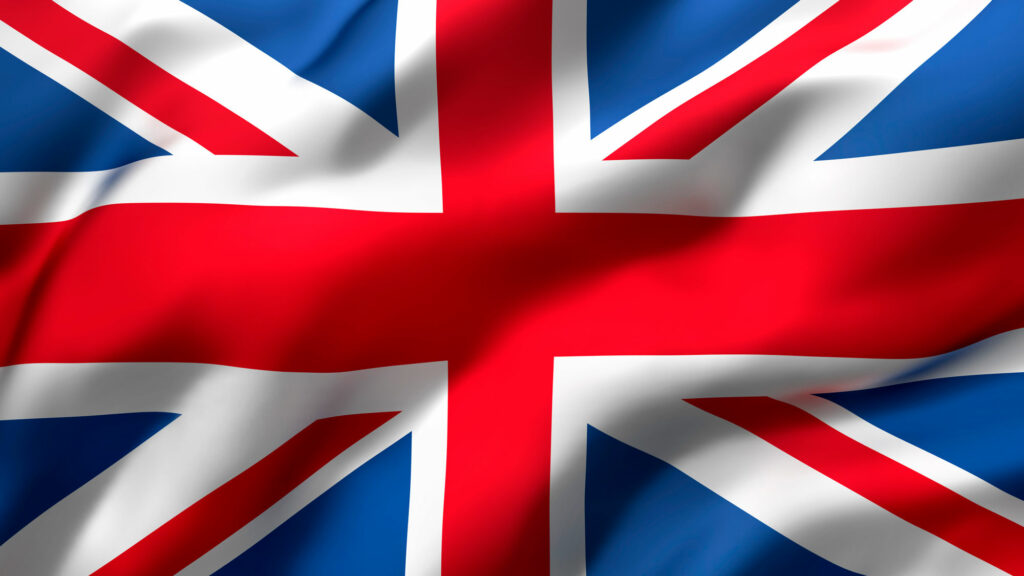Social media is used by a great many people these days to keep in touch with family and friends and to get quick news updates. It is important to have a conscious relationship with what you share so that your personal data does not go astray. NorSIS has compiled some basic advice and has translated it into relevant languages such as English, Russian, Polish and Ukrainian.

Fake news and disinformation
A lot of information about Ukraine, Russia and the ongoing conflict is being shared and disseminated. We all have a responsibility to think critically and carefully consider what information we pass along to others.
More information at faktisk.no (in Norwegian):
Russland sprer desinformasjon ved hjelp av store nettverk
Stop and think before you click or share (in Norwegian):
Use two-step verification to help protect your accounts
Two-step verification (also called two-step sign-in) is an additional level of security that verifies that you’re really the person you claim to be online, such as when you’re using social media, internet banking or e-mail. If you have two-step verification enabled, an unauthorized person will be unable to access your accounts, even if they know your password.
Here’s what you need to do:
- Nettvett Torinnsbekreftelse
- The Cyber Aware website contains links to information about how to set up two-step verification on popular services such as Instagram, Snapchat, Twitter and Facebook.
- For more information on why you should use two-step verification: the NCSC’s official guidance on 2-Step Verification.
Be aware of your digital footprint
It is important to exercise some caution when using social media. Not everyone who uses social media is necessarily who they claim to be. Take the time to check if you really know the person with whom you are in and whether the friend/link/follower is real.
It’s also useful to be aware of your digital footprint. This is a term used to describe all the information you post online, including images and status updates. Criminals can use this publicly available information to steal your identity or to exploit it for phishing attacks. That’s why you should keep the following in mind:
- Be aware of what you post and who has access to what you share. Have you set up your privacy options so that the information is only accessible to the people you want to see it?
- Consider what followers and friends need to know and what details are necessary
- Be aware of what your friends, colleagues and other contacts say about you online
Social media and children
Most social media platforms require users to be at least 13 years old. Nevertheless, it is easy to create an account using a false date of birth. Although services have a 13-year age limit for privacy reasons, the content may not necessarily be adapted to the user’s age. Our advice to parents is to be involved with what their children are doing online and talk to them about things that are difficult.
For more advice on how children can have a safe digital everyday life:
- Thinkuknow: National Crime Agency: education programme for children
- Internet Matters.Org: Social Media Tips
- NSPCC: keep your child safe on social networks
- The Norwegian Directorate for Education and Training has prepared a useful guide on how to protect children from harmful content: https://www.udir.no/kvalitet-og-kompetanse/sikkerhet-og-beredskap/veileder-hvordan-beskytte-barn-mot-skadelig-innhold-pa-nett/
- The Norwegian Media Authority also has a guide about children and social media. Among other things, it contains advice about settings in TikTok: https://www.medietilsynet.no/digitale-medier/barn-og-medier/sosiale-medier/
- NorSIS has created free e-learning courses for both children and parents: læringsressurser. Here you will also find a netiquette poster for children: nettvetråd
- Online resource about children and good digital judgment from the Norwegian Data Protection Authority and the Norwegian Directorate for Education and Training: https://www.dubestemmer.no/